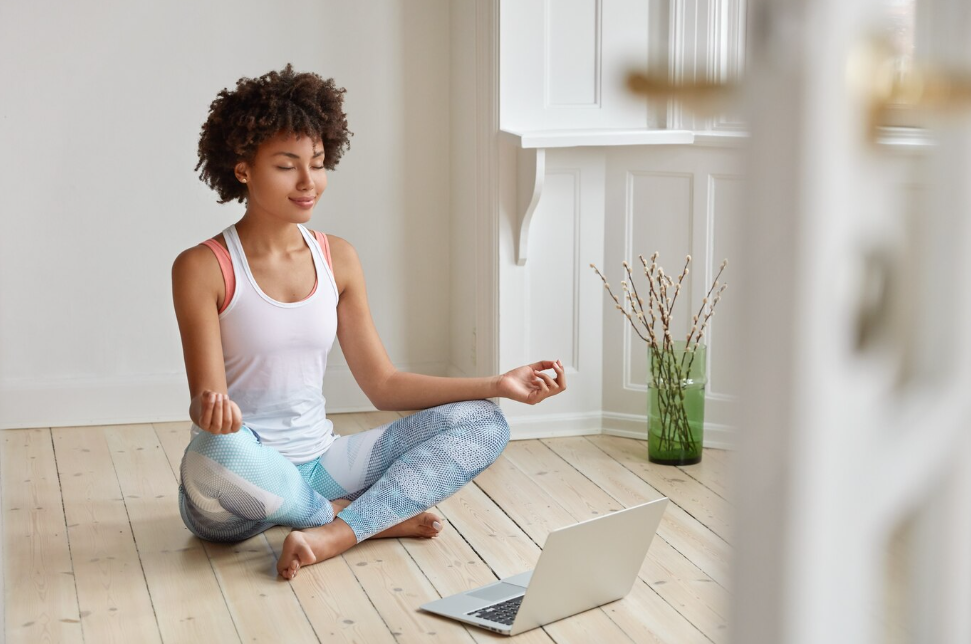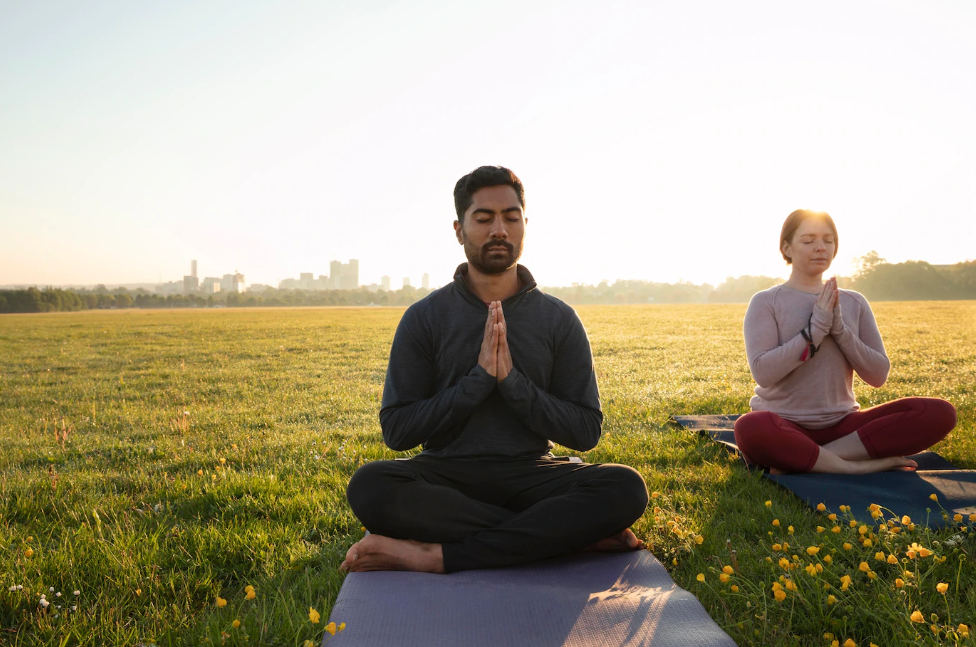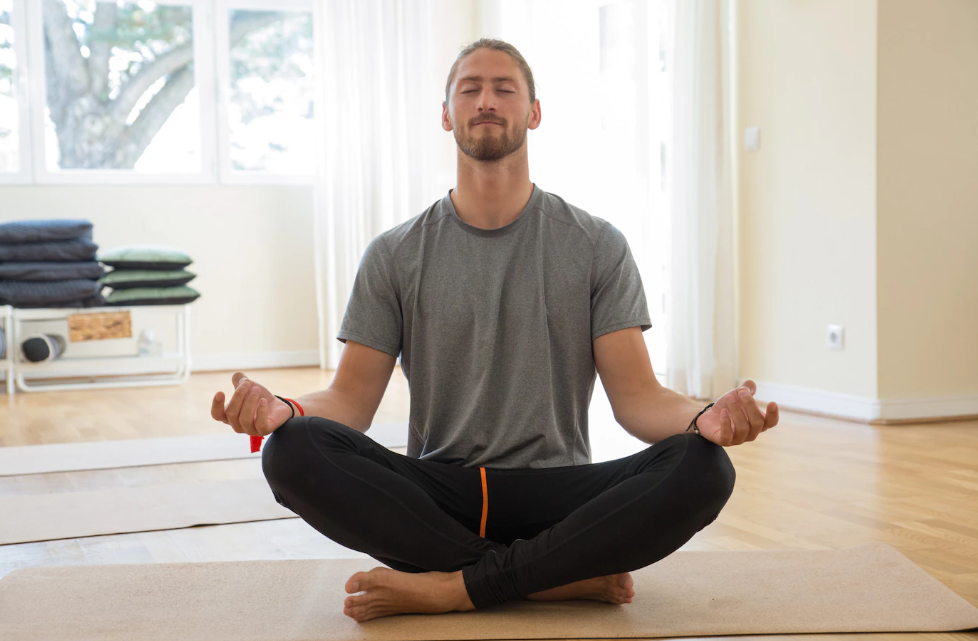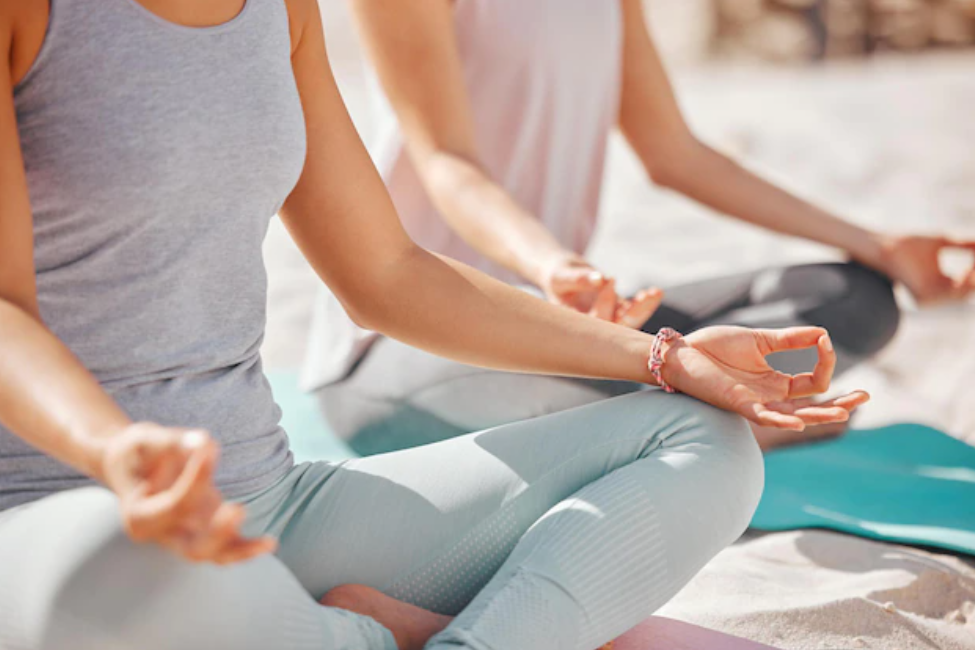Meditation Tips
Learn about meditation techniques for relaxing your mind and body.

Selfpause Affirmation App
Download the app to get 1,000’s of affirmation meditations and everything you need to write, record and listen to your own.
Meditation is a practice that focuses on calming the mind. The first step is to find a quiet place where you can meditate without being distracted. This will allow you to relax your body and mind. Another important tip is to breathe deeply. As you breathe, notice any thoughts that may come to your mind. You should acknowledge them, but try not to attach yourself to them. Once you have settled your mind, focus on a particular point, such as a chakra or part of your body. If you find it difficult to concentrate, you can try keeping your eyes closed. This will allow your mind to rest on your intention, and you can relax.
Beginner meditation tips

When you’re first starting a meditation practice, you may be wondering what to do first. Fortunately, there are a lot of beginner meditation tips that can help you get started. Many meditation techniques are designed to be practiced for as little as two minutes a day. A good beginner meditation technique involves bringing your attention to the present moment and avoiding distractions.
Before you start meditation, find a comfortable sitting position. Sitting upright promotes an energy flow while lying down causes sleepiness. Once you’re sitting, clear your mind and take slow, deep breaths. You should also focus on your inner dialogue and observe it, without engaging in it.
Finding a quiet place

Many people mistake a quiet place for meditation as a destination or state of mind. They have been fooled by the propaganda that meditation is best practiced in a specific place. The truth is that any place can be a quiet place if you find a space where you can be alone with your thoughts. Whether you’re driving, at the gym, or just waking up in the morning, you can find a place where you can meditate and focus your thoughts on the present.
When choosing a space to meditate, you need to think about the energy that the space has. You want to avoid being too noisy. You also need a place that feels serene and peaceful. You’ll want to find a place where you can regularly go to meditate and be free of any distractions.
Avoiding distractions

One of the most important things to remember when meditating is to avoid distractions. A distraction is any mental state that interferes with meditation. You will be able to detect these mental states pretty easily. One common distraction is your latest thought. For example, if you were watching a movie, your mind will think about a memorable scene or you might be checking your bank balance and notice an unexpectedly large balance. You should try to give your mind a little time to process your latest thoughts before continuing with your meditation.
Another common distraction is the phone. Even if you have silenced it, your phone will ring or your laptop will open. This distraction isn’t always as easy to avoid. It is important to be well-rested, use positive imagery and consciously bring your attention back to the task at hand.
Practicing for a long time

Practicing meditation for a long time can help you stay present and improve your health. However, you should make sure that you can practice it consistently so that you can maximize the benefits of the practice. Although experienced meditators can sit still for up to thirty minutes, beginners should limit their practice to a few minutes.
The best way to begin meditating is to find a comfortable position, preferably somewhere quiet. Then, close your eyes. While practicing, your goal is to develop an awareness of your mind. Do not push yourself too far, and set clear goals. You can try different techniques to see what works for you.
Dealing with uncomfortable feelings

Meditation can be a great way to deal with uncomfortable feelings. The idea is to acknowledge those feelings and not suppress them. Ultimately, these feelings are not good or bad, they are simply uncomfortable for you. Depending on your personality and upbringing, you may be more comfortable with some feelings than others.
It is common to experience uncomfortable feelings when meditating. Whether you’re a beginner or an experienced practitioner, you may find it challenging to deal with them. Luckily, there are several techniques for overcoming these feelings. First, sit with the emotion you’re feeling. If you’re feeling angry, for example, take a moment to pause and allow it to speak to you. While this process can be challenging, try to accept and release it. If you’re having a difficult time letting go of the emotion, try whispering an encouraging phrase to yourself.
Our Top FAQ's
Some good tips for starting a meditation practice include finding a quiet, comfortable place to sit or lie down, setting aside a specific time of day to meditate, and starting with short meditation sessions (e.g. 5-10 minutes) and gradually increasing the length over time. It can also be helpful to choose a specific focus for your meditation, such as your breath or a mantra, and to try to maintain an open and curious attitude towards any thoughts or feelings that arise during the practice.
To stay motivated to meditate regularly, it can be helpful to set specific goals for your practice and track your progress, enlist the support of a meditation group or accountability partner, or try incorporating meditation into your daily routine by doing it at the same time and place each day. It can also be helpful to remember the benefits of meditation, such as improved focus and stress management, and to be gentle with yourself and not get too attached to specific outcomes.
Dealing with distractions during meditation can be a common challenge, but it’s important to remember that this is a normal part of the practice and not to get discouraged. One way to deal with distractions is to acknowledge them and let them pass, like clouds in the sky, and gently redirect your attention back to your chosen focus. It can also be helpful to try different techniques, such as focusing on a mantra or an object, or using visualization to help calm the mind.
Making meditation more enjoyable or comfortable can involve finding a comfortable seated position or using props like cushions or blankets to support the body. It can also be helpful to choose a meditation environment that is visually pleasing and conducive to relaxation. Experimenting with different techniques or styles of meditation, such as guided meditations or body scans, can also help make the practice more enjoyable.
There are many different techniques and styles of meditation, and what works best for one person may not work for another. Some common styles of meditation for beginners include mindfulness meditation, which involves bringing non-judgmental awareness to the present moment, and concentration meditation, which involves focusing on a single point of attention (e.g. the breath). Other styles to consider include loving-kindness meditation, which involves sending well wishes to oneself and others, and mantra repetition, which involves silently repeating a word or phrase to oneself. It can be helpful to try a few different styles and see what works best for you.
